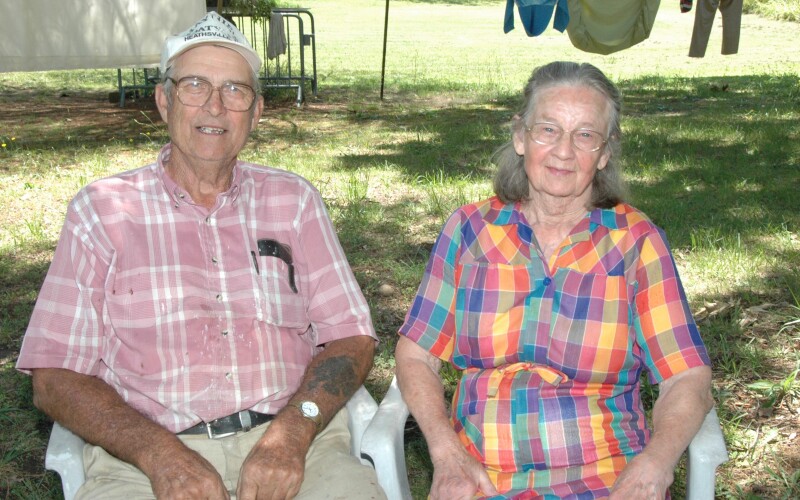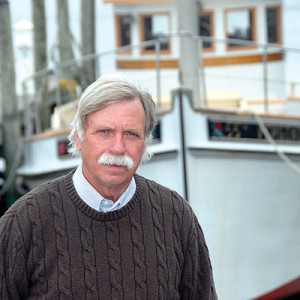An email came across on Jan. 11, 2024 from a longtime National Fisherman reader.
It reads, “I enjoyed your (August) 1999 National Fisherman article about (Virginia boatbuilder) Francis Haynie very much. I sat in Mr. Haynie’s shop and listened to his ‘tree to plank’ story. I was so impressed that I purchased a twenty-one foot skiff from him.
“Now that I’m approaching 80, I want to sell the boat. I consider this boat a work of art. I would very much appreciate your advice because you know that these boats are special and I’m afraid that if I can’t find a good home, it may end up as a salad bar in some restaurant.”
Esther Wilkins Haynie died at the age of 92 on Nov. 3, 2023. Part of her obituary reads, “Esther worked side by side with her husband in their business, Haynie’s Boatyard, oystering, crabbing and fishing. She was a loving mother and very self-reliant.”
There is a good bet that Esther pounded in some of the Monel nails; hammered in cotton caulking into the hull seams; and surely she helped tote some of the spruce pine planks and white oak timbers for that 21-foot skiff the letter writer mentioned.
Haynie’s Boatyard was manned by just two people, Esther and her husband Francis. During their lifetimes, they launched well over 100 wooden boats into Cod Creek, a tributary of the Little Wicomico River at the mouth of the Potomac River in Northumberland County, Va. Their boats ranged from 12-foot flat bottom skiffs, 40-foot oyster scows for planting seed and shell; to 45-foot deadrise commercial fishing boats.
Esther and Francis lived a gentle Tidewater style of life that was once commonplace on Virginia’s Northern Neck. They enjoyed turnips, mustard greens and sweet potatoes from their fall gardens. They had fresh eggs from the hen house and tomatoes, string and lima beans from their spring and summer gardens. They caught crabs, fish and oysters commercially and for sustenance from the rivers. They were equipped to fish in just about all of the bay’s fisheries in the event boatbuilding orders were scarce.

There were always clothes hanging from the clothes line, wood smoke coming from the house and boat shop chimneys, stacks of boat lumber with metal roofing sheets laid across to keep rain and snow off – all waiting for the next build, and, whenever anyone arrived at their home/boatyard, there was always time for a visit.
The Haynies were some of the last old-time Chesapeake Bay boatbuilders who went out into the wood and marked the trees they wanted for building boats. When the time was right, they had trees cut, planked and stacked for curing. After the wood was stacked and each layer stripped of bark, it took one year per inch thick before white oak was ready to be used to build a boat. Spruce pine took three to four years depending on thickness. There were stacks of wood everywhere.
Haynie Boatyard closed shortly after Francis Haynie died Feb. 9, 2010.
Esther Haynie was a cultural icon and that 21-foot “piece of art” skiff was one of many very real lasting tributes to the Haynies who spent their lives together building boats and living life close to God’s land, wood and water.
The August 1999 article in National Fisherman on Haynie’s Boatyard was titled “Boats as Sturdy As Their Builder”, pages 34-35.







